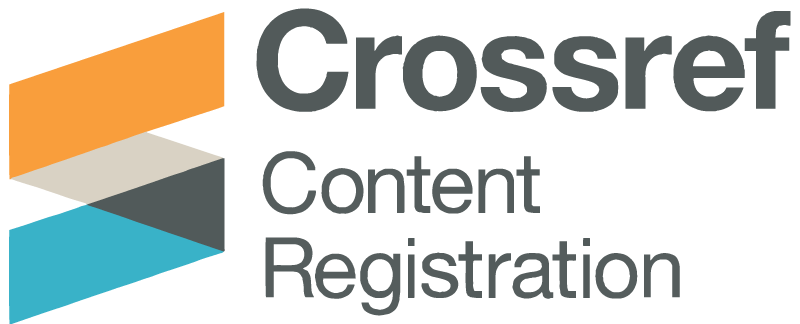Using Statistical Approaches for Correcting Manufacturing Faults Soft Drinking Water Process as Example
DOI:
https://doi.org/10.64516/xf7j5282Keywords:
Statistical process control SPC, General factorial, Minitab, Factors, P-ValueAbstract
Statistical process control (SPC) is a powerful tool that enables manufacturers to monitor and regulate their production processes to ensure that they are functioning within acceptable parameters. By collecting data from the manufacturing process and analyzing it using statistical methods, SPC can identify potential issues before they become major problems. This allows manufacturers to take corrective action promptly, preventing costly downtime and product defects. Furthermore, SPC can help manufacturers identify trends in the production process that could lead to future issues. By understanding these trends, manufacturers can take proactive measures to prevent them from occurring in the first place. In this study, we utilized General factorial design by Minitab software to correct level faults that occurred during soft drink filling under three factors: percent of carbonation, pressure of drink, and line speed. All results were discussed based on the P-Value indicator.
References
1. Liang, Y., & Chen, Y. (2019). Statistical Process Control Based on Fuzzy Control Chart for Filling Process Quality Monitoring. Journal of Physics: Conference Series.
2. Montgomery, D. C., & Runger, G. C. (2018). Applied statistics and probability for engineers.
3. Harry Mikel J., Schroeder Richard A., Six Sigma: The Breakthrough Management Strategy Revolutionizing The World's Top Corporations
4. Zhang, X., & Liang, Y. (2018). Optimization of Filling Process Parameters Based on Response Surface Methodology. Journal of Physics: Conference Series.
5. Zhang, Y., & Wang, X. (2019). A machine learning-based approach for fault detection and diagnosis in the filling process. Journal of Intelligent Manufacturing.
6. Wu, C., & Chen, Y. (2019). Challenges and Opportunities in Statistical Process Control for Filling Process Quality Monitoring. Journal of Physics: Conference Series.
7. Montgomery, D. C. (2017). Introduction to statistical quality control (7th ed.). John Wiley & Sons.
8. Pyzdek, T., & Keller, P. A. (2014). The six sigma handbook (4th ed.). McGraw-Hill Education.
9. Haykin, S. (2009). Neural networks and learning machines (3rd ed.). Prentice Hall.
10. Jackson, J. E., & Mudholkar, G. S. (1995). Control procedures for residuals associated with principal component analysis: An overview. Journal of Quality Technology, 27(3), 210-221.
11. Jackson, J.E., & Compton, K.L.(1996). Multivariate statistical process control: A review and critique.Technometrics 38(4), 320-327.
12. Box G.E.P., Hunter W.G., Hunter J.S.(2005) Statistics for Experimenters: Design Innovation and Discovery(2nd edition) Wiley-Interscience
Downloads
Published
Issue
Section
License
Copyright (c) 2025 Salih Yassin Mohammed Ragab (Author)

This work is licensed under a Creative Commons Attribution 4.0 International License.













